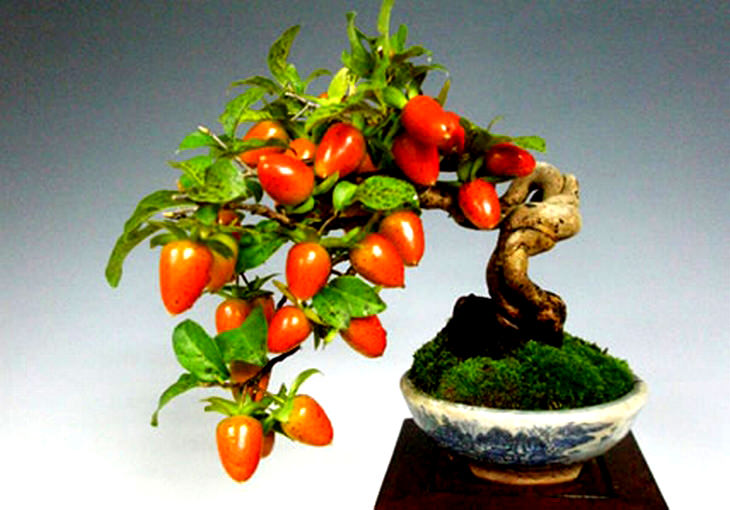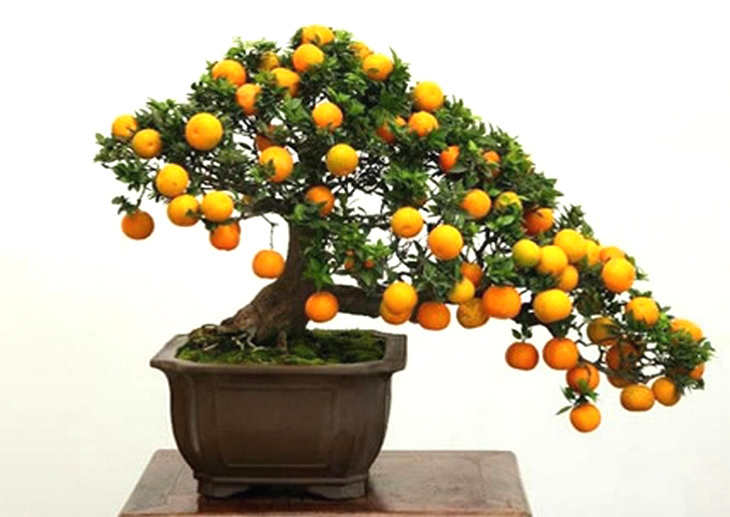It is important to remember that bonsai training is difficult, and you are more likely to succeed if you choose a tree that is native to your area, or that can handle your local weather well. It is also important to allow the seedling to grow and become strong before you start cutting and training it. Despite the fact that bonsai trees grow faster, don’t expect to be harvesting fruit in a couple of months. Some trees might need around five years before you can harvest anything.
Preparations
- First and foremost, select a tree you’d like to grow.
- You can start with a seed, a seedling, or a cutting.
- Seeds and seedlings can be procured from a local nursery.
- Select a proper container. If your tree roots to the sides, a wider pot it recommended.
- Placing rocks in the soil forces the roots to split. Split roots are weaker, which contributes to the miniaturization.
- The soil you use needs to be rich. Consult with your local nursery about what type of soil will best fit your tree.
Planting the tree
- Make sure that the pot has draining holes. If it doesn’t, drill a few in, and cover them with a screen to prevent soil loss.
- Before planting the tree, make sure its roots are not tangled, remove any brown or decaying roots, then find the main root, or “taproot”, and cut it off. Be as gentle as possible when handling the roots.
- Line the bottom of the pot with soil and rocks, then add the tree.
- Spread the roots out and cover them with more soil until it is leveled with the top of the pot.
- Water the soil thoroughly and allow excess water to drain.
- If you want to complete the look, you can add moss to the top soil for aesthetic purposes.
Care
- Trees need a lot of light, so make sure your tree is in a well-lit area.
- Watering should be done when the soil is almost dried out.
- Initially, allow the tree to take root in its new environment and grow a little before starting to prune it. This can take a few months but will greatly contribute to the tree’s overall health and growth rate.
- Use scissors to maintain the shape of your tree. Prune from time to time, focusing on branches that look less-healthy.
- Fertilizing should be done periodically. During the winter, use low-nitrogen fertilizer. In the spring, use nitrogen-rich fertilizer, and in the summer use a balanced fertilizer.

 Shaping
Shaping
Shaping is performed to give the tree a weathered look, without damaging it.
Use a metal wire to control the direction of growth. The wire mustn’t be too tight and will need periodic replacement as the tree grows. Wiring is done by looping a copper wire around the top of the trunk, then slowly looping the wire around the trunk and down to the base. If you wish to have certain branches bend a certain way, use the wire to direct them to where you want them to go.
BONUS: Here's a Simple Video Guide For Beginners